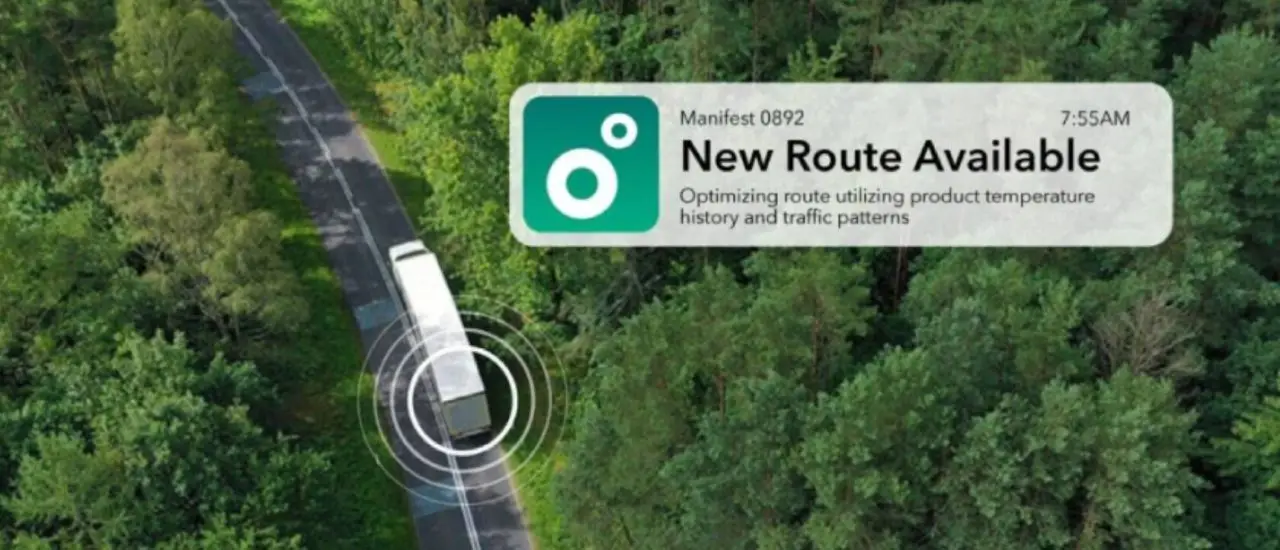SIVA IoT Launches Digital Plant Passport UHF Tag

Giving Plants Unique Digital Identities
As global norms and restrictions for the identification and shipment of plants become stricter, companies and plant growers are shifting from barcode technology to Radio Frequency Identification (RFID) technology. The future of the agricultural and horticultural industry is an ecosystem where plants are tagged at the source, where plant growth can be monitored and scanned from “production”.
All stakeholders of the supply chain benefit from plant tagging and identification. As traceability becomes increasingly important, SIVA IoT’s digital plant passport tag becomes more and more relevant for agriculture today.
Why is it Important to Track Plants?
Countries that export and import plants must ensure that all guidelines and regulations are adhered to. This applies to any fruit or vegetable, anywhere in the world. The US, Australia, and New Zealand, for example, have very strict guidelines for the import and export of produce and plants. When exporting plants, it is also important to note that the plant is usually shipped together with the soil that it grows in. There are also rules and regulations in the import or export of foreign soil.
In order to ensure that all regulations are adhered to, it is crucial to be able to provide all the information required about the plants that are being shipped. The solution: To provide a digital plant passport, much like the EU’s digital product passport.
The Digital Plant Passport
SIVA IoT has developed a UHF RFID loop-lock tag for plants that acts as a digital plant passport. This RFID tag gives each plant a unique identity, and stores all information relevant for import and export. This information is based on data collected from the plant’s sapling stages. The plants are tagged from the source, from where they are first cultivated.
The data collected and stored in the RFID tag includes information about the grower, the country of origin, the type of soil, what kind of insects the plant may attract, and the required pesticides. The tag also contains a complete care manual for each plant.
The first UHF RFID loop-lock tags have already been deployed in the Benelux region. These tags can also be used for cable management.
The Challenges of Label Design
The challenge was to find a solution that could be used to inventory and identify thousands of plants in one massive area. The labels had to stay on the plant for end-to-end management.
We were first contacted by a company from the Benelux region that required such a solution. They required a tag that could be printed and encoded on-demand using a thermal UHF RFID printer. There were several challenges that we had to master here. The adhesive of the RFID label may contaminate plant saplings. Dirt and water may also end up weakening the adhesive bond. The labels had to also be resistant to UV, dirt, water, and pesticide sprays, for example.
- Arjun Aggarwal, VP Global Sales
SIVA IoT’s R&D department were able to design a UHF RFID label that overcame these challenges. The result: The UHF RFID Lock Tag. The company is currently also developing a second product for the agricultural sector that will be designed to complement the loop-lock tag. Together with the UHF RFID Lock Tag, the new “stick-in” product will be part of SIVA IoT’s Flora™ product family.
The Horticulture Industry Moves Towards RFID
There are two main layers to the horticulture industry. The first involves the export of rare and expensive plants, such as bonsai trees and other exotic plant species. The second involves the identification of flowering plants that are cultivated in greenhouses worldwide.
These are the two main sources where plant identification is required. The main technology commonly used for the identification of plants is barcode. Plant tags like blue block tags are designed with barcode labels. Larger plant nurseries are moving away from barcode technology to RFID.
Plant identification solutions with RFID are not only used for the import or export of plants. They can also be used for plant shipments within countries.
The UK has a very strong horticulture industry, with its population of over 65 million people. This industry consists of the growers, and retailers that sell plants like orchids, and other plant species. The RFID tag can also be used for supply chain and logistics management. The tag remains on the plant from source to shop floor. The result: An end-to-end supply chain. We see a great number of deployments here.
- Arjun Aggarwal, VP Global Sales
-über-Wi-Fi-HaLow-400.webp)









